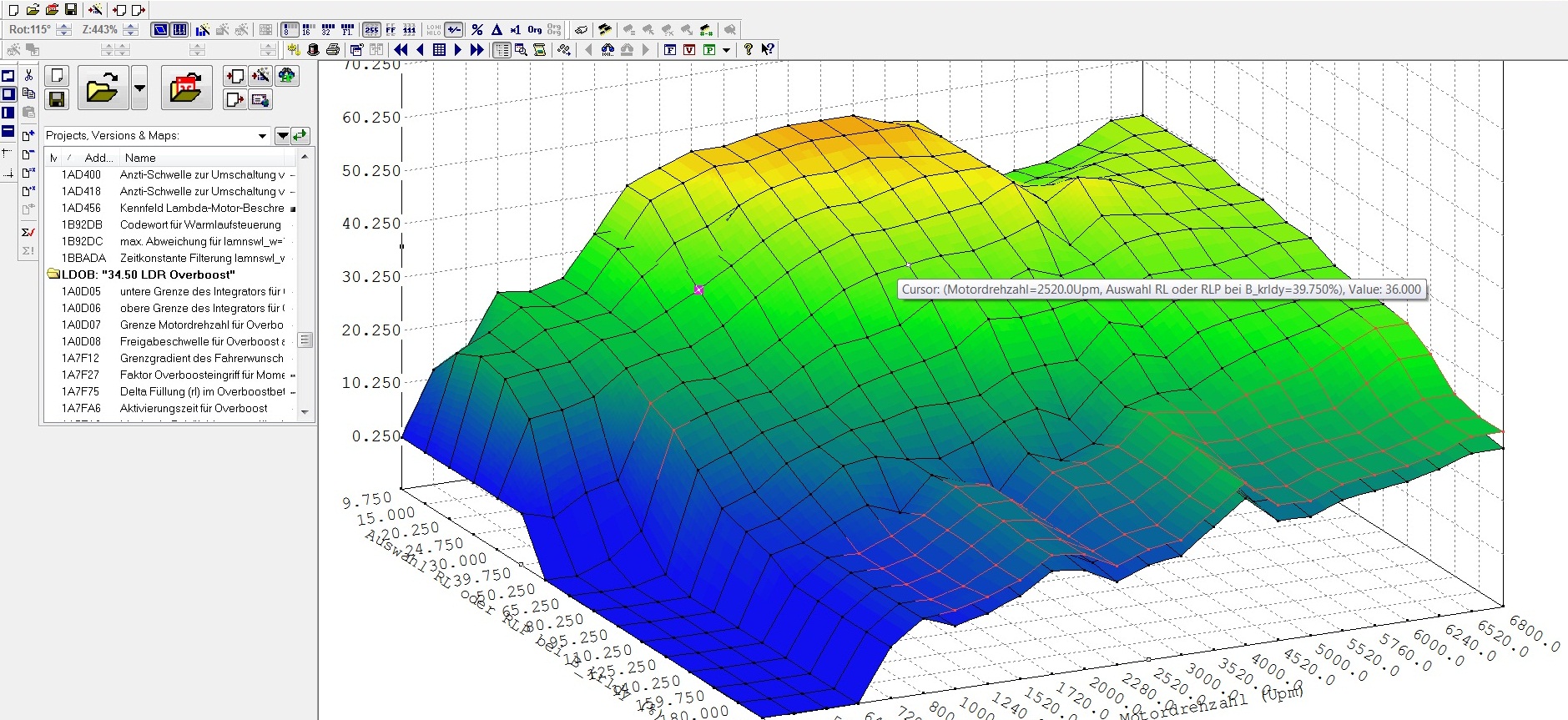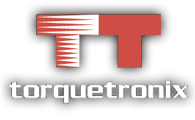Vehicle Remapping advantages:
- Increase Performance
- Reduce Fuel consumption
- Optimise the Engine Torque
What is Chip Tuning?
The most difficult concept to grasp for most people is that re-chipping or remapping is merely engine tuning, albeit that it's being done electronically rather than mechanically (as in the old days of carburettors and distributors).
A chip is simply an electronic storage device which is located on a circuit board inside the E.C.U.(the Engine Control Unit). The chip contains values in a binary form which the E.C.U's main processor (another device on the same circuit board) can understand and use to control the engine.
Each value inside the chip is held in its own separate position (known as an 'address'), and when a car is re-chipped, what we are basically doing is altering the values at the groups of addresses that control fuelling, ignition timing and on turbo engines, turbo boost.
These are known as maps, hence the often-used term 're-mapping'. These sometimes resemble a terrain map as shown below . It is these maps which we change in order to tune the engine.
The Map below is one of the ignition maps on our demonstrator 997 turbo porsche.
The High yellow area of the map represents the light throttle/ load timing whilst the low blue/green are is full throttle/ full load timing.
From Left to right is the RPM sites.

To extract the right map from thousands contained in the software and understand its function and the effects of changes is a complex and skilled operation. There are thousands of maps to choose from and it requires experienced programmers who understand the hardware and software, and of course have the appropriate experience and qualifications in order to understand the procedures. Nowadays the technology is becoming even more complex. Gone are the days of the 28-pin plug in chip, a simple 8-bit device. We've experienced the occasional wake-up calls from Processors containing multiple coding sections and with unusual sets of contents, and have now moved into territory which is definitely not for the faint hearted. Modern engines such as the V.A.G. Diesels have E.C.U's with Tricore processors, surface-mounted to the circuit board. Not just new hardware on the outside but also some mind-boggling software on the inside. The latest ECU's decide when they can fit in a DPF regeneration, monitor driving style, compensate for poor quality fuel or low temperatures, alter injection quantity on a single cylinder with a dodgy injector, Monitor oil quality and service intervals all whilst staying within a given emission output and recirculating as much exhaust gas through the engine as possible to ensure the minimum co2 output. Engine management technology is leading edge control technology.
However due to so many so called tuning company's offering poor quality remaps the manufacturers have now set about actively stopping the read and write functions via the diagnostic port.
This is to discourage tuning and is known as anti tuning. Poor quality remaps have cost the manufacturers literally millions in warranty claims even though most manufacturers actually use an approved expert tuning company to provide upgrades for their press cars etc.
The latest ecu's have locked processors and complex checksum and RSA routines.
We have kept up with the latest technology and offer upgrades for all 2010 onwards vehicles by direct connection to the ecu processor.
How is it done?
The first job to do when a new E.C.U. or vehicle type arrives is for the software content to be read and stored on a PC. Then, using a combination of in-house software, in-depth experience of engine management software, and processor instruction sets the maps of interest are identified. Engine analyser, serial data stream reader and a real-time in-circuit emulator are then used to rewrite the map contents to achieve the required results. The new chip content, complete with necessary checksums is then programmed usually via the OBD port. A fair amount of experimentation is involved at first until the Ecu code is understood. At this stage modifications are introduced and then dyno tested until satisfactory results are obtained and then road tested for drivability.
Only when Performance , Drivability, economy and Reliability are ensured are the upgrades released to our customers and dealer network.
Why re-chip at all?
E.C.U's (Engine Control Units) were first introduced back in the 1980's as a supposedly more efficient method of controlling engine fuelling, ignition timing, and emissions. The problem lies in the fact that all new cars have to undergo 'Type Approval', and part of this is getting the car through the 'Urban Driving Cycle' tests. Remote from European driving conditions as they are (the tests are based on a simulated trip around Los Angeles with the resulting noxious gases collected in a bag for testing), car manufacturers had no option but to comply. In order to meet the stringent requirements, engines are virtually detuned to pass the test. As a result the car never performs as well as its mechanically controlled counterpart, with hesitancy and flat spots thrown in for good measure. This leaves masses of room to re-tune for vastly improved performance, and without infringing an emissions regulations.


Copyright © 2025 Torquetronix
Website Design by Redback Creations